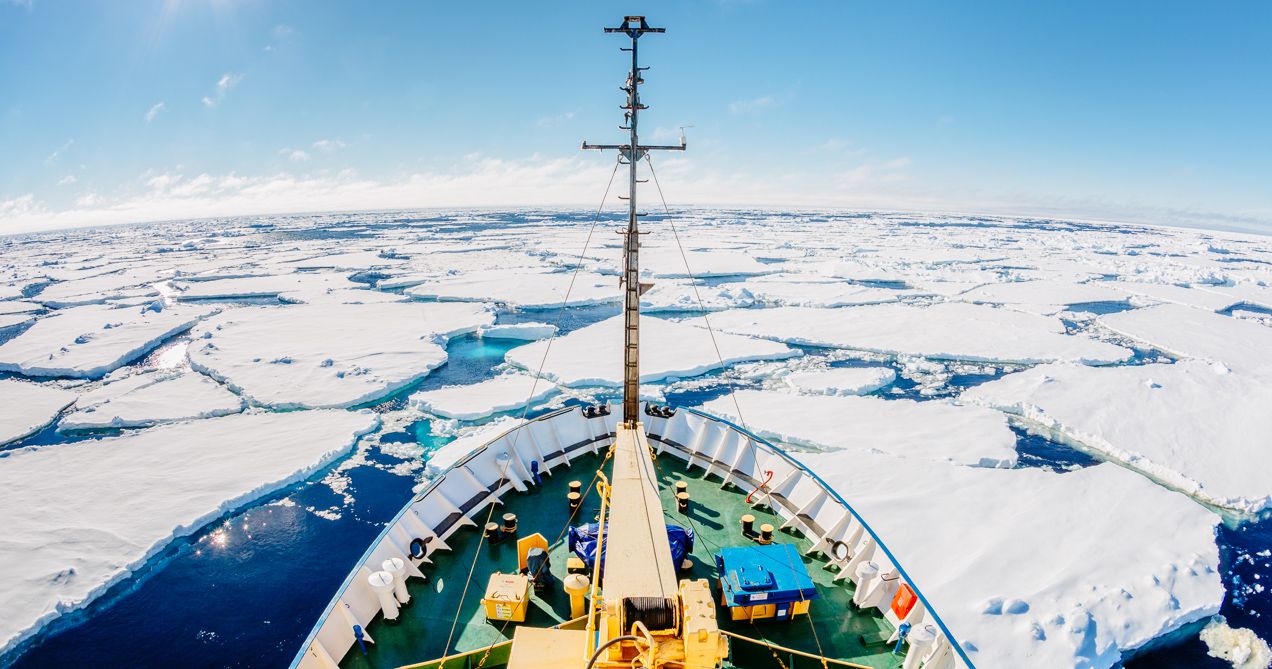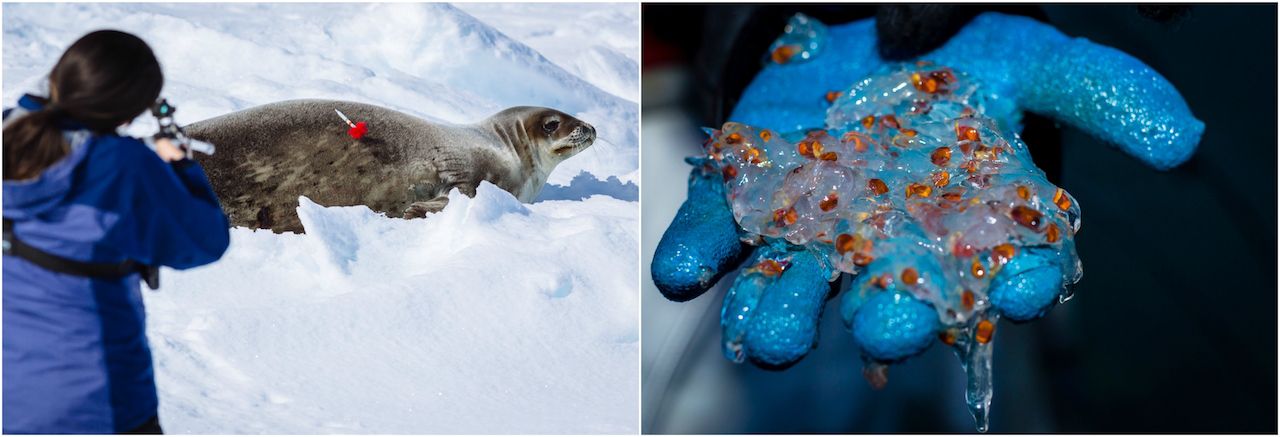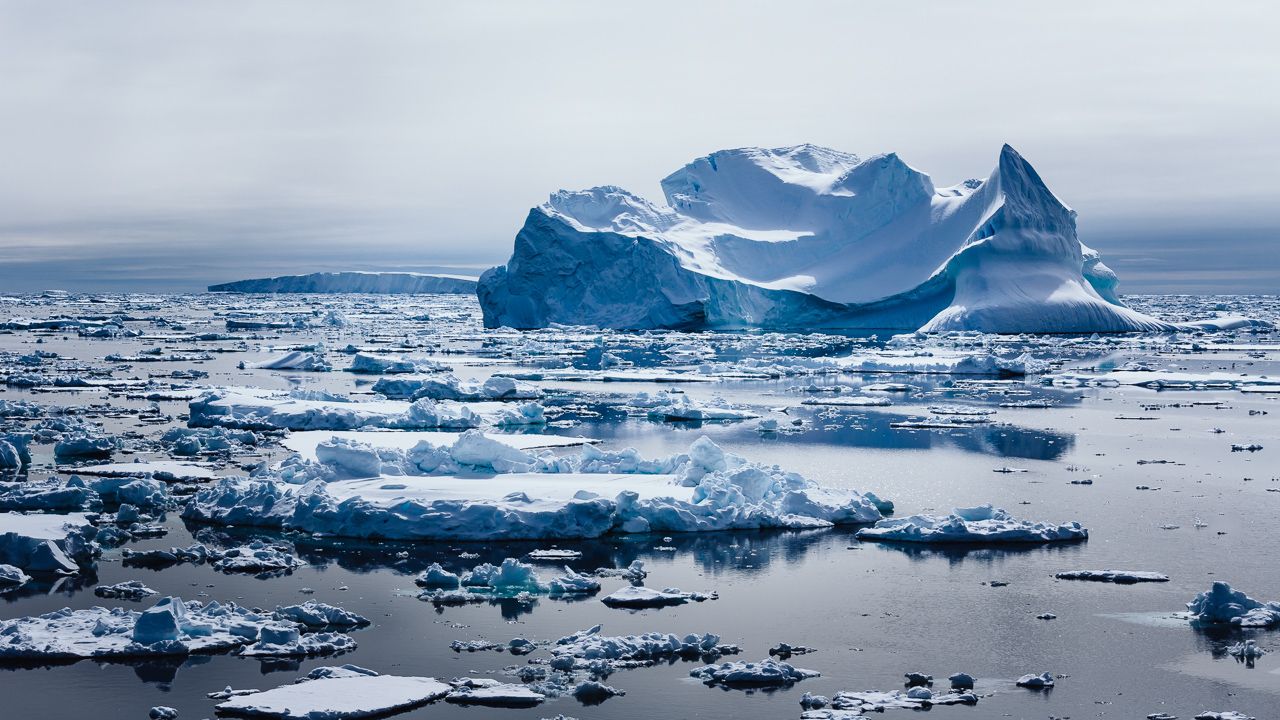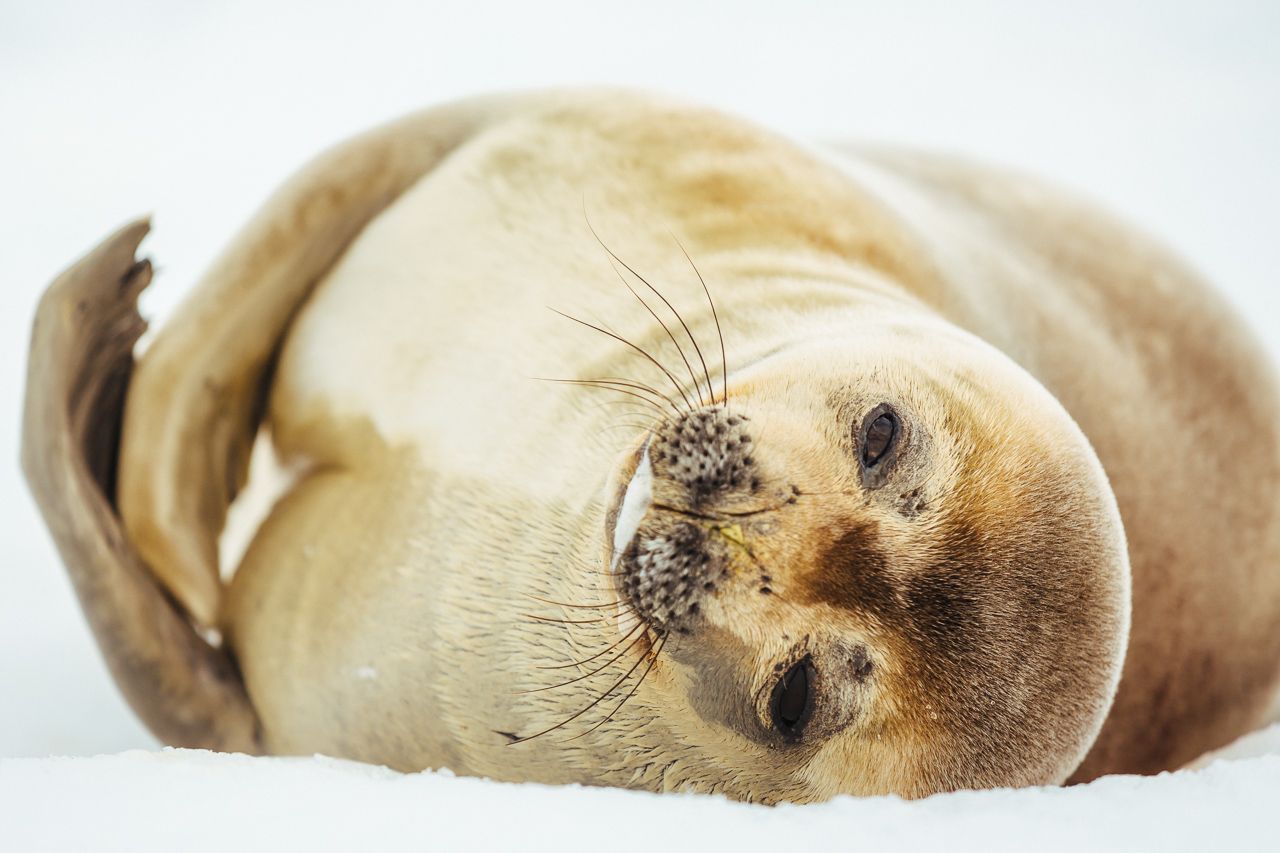
Trapped in the ice
The story of that event and the eventual evacuation of the passengers onboard by Chinese helicopter to the Australian icebreaking ship Aurora Australis became worldwide news at the time.
I was the doctor and photographer on that Australasian Antarctic Expedition (AAE) and found myself at the center of what became a media storm. Unfortunately, that drama rather overshadowed the reasons behind our expedition journey south to the white continent.

The AAE was a science-based expedition from the University of New South Wales, Australia that relied on private funding from paying passengers and university grants.
The aim was to travel to the area of Commonwealth Bay in East Antarctica to repeat and compare scientific observations with those made by an Australian geologist and explorer Sir Douglas Mawson, who first landed there 100 years earlier with the ‘original’ AAE.
On what must have been the Edwardian equivalent of today’s space travel, Mawson and his team had established a base hut there at Cape Denison — a location that has now been proven to be one of the windiest places on Earth. Over the following two years, the team made important oceanographic, geological, and meteorological measurements. An example of such measurements is illustrated in the image below (left) where a member of the expedition is firing a dart into the skin of a seal to collect full thickness skin and fat samples that can then be analyzed to assess nutrition and chemical exposure status.

Clearly, we had more creature comforts than Mawson and his men, yet visiting the coast of East Antarctica is still a difficult proposition, and it felt very remote, geographically speaking. The desolate landscape with its multi-hued, blue ice features and the intense, 24-hour light of such a southern latitude made for a wonderful, yet challenging environment in which to photograph.

Antarctica is undoubtedly a beautiful place, but one that changes remarkably in mood with the weather. Delightfully inquisitive penguins are a constant presence at the edge of the ice, and their charismatic personality means I never tire of photographing them.

Much is still unknown about the frozen continent, partly because of its incredibly harsh conditions, and along with the expedition’s findings, my photographs were intended to help focus attention on the scientific investigation into climate change in Antarctica.

I’m a believer in sustainable tourism to Antarctica. By controlling access and overseeing rules designed to minimize the environmental impact of visitors there is the opportunity to allow people from all corners of the globe to safely experience the beauty of these landscapes and wildlife in this special continent.

The International Association of Antarctic Tourism Operators (IAATO) provides regulatory oversight of the mostly ship-based tourism to this important continent, and all ships must provide educational content as part of their tourist charter.
This exposure to teaching from experts while out in the field and the first-hand, raw experience of this remarkable continent serves to imprint upon visitors the importance of Antarctica to the Earth as a whole, especially when it comes to the continent’s vulnerability to the impacts of a changing climate directly linked to man’s activities.
On returning home, I felt better prepared and inspired to speak up on behalf of the white continent and to help spread the message to others that Antarctica is a place we must protect at all costs.
